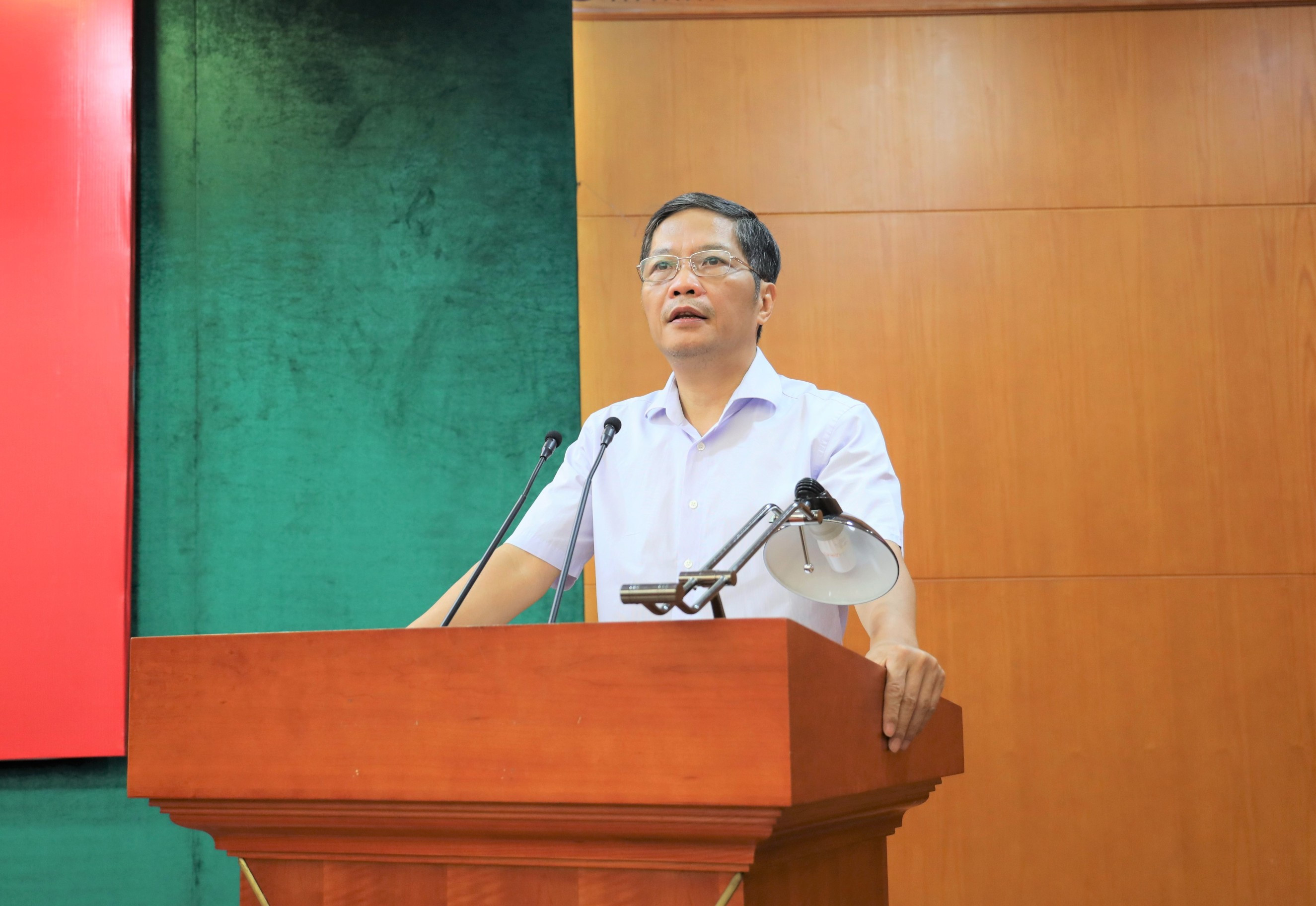
The statistics were released by Member of the Politburo, and Head of the Central Economic Commission Tran Tuan Anh at the workshop on the development of the region by 2030 with a vision towards 2045.
He said the scale of the regional economy has expanded, reaching VND1.157 trillion by 2020, accounting for 14.53 percent of GDP of the whole country, while the average GRDP (gross regional domestic product) reached VND56.91 million per head per annum.
The local budget collections have increased significantly. Some localities can balance receipts and expenses and even pay into the state budget. Significant results have been gained in planning management. Resolution 39 has come to life with most tasks having been fulfilled.
However, Tuan pointed out that many problems still exist. The northern and central coastal areas are still under the developed rate of the entire country. Some geo-economic and marine economy advantages have not been exploited and brought into full play.
Though accounting for more than 28 percent of natural area and 20.8 percent of total population, the economy of the region only accounts for 14.53 percent of the country’s GDP, while GRDP per capita of the region is low, just equal to 0.69 percent of the average level.
Current management has no relation to region
According to Tran Du Lich, a panel speaker, the Party’s resolutions and 2013 Constitution mentioned regional linkages and the regional economy, but in fact, this is just a provincial economy.
“Our management is implemented in accordance with provincial plans and budgets, with no relation to the region. Therefore, in fact, it is ‘every man for himself’,” Lich said.
Citing the example of the allocation of capital for investment in infrastructure, Lich questioned whether the whole region discusses the issue or provincial leaders just discuss with each other and then divide the capital with one another.
Lich emphasized four regional linkages that must guide all policies.
First, re-distributing forces and rearranging planning currently being done. It is necessary to adjust regional planning to avoid the fact that many EZs and IZs scramble for investors. If resources are separated, nothing is done effectively.
“Every province wants to have its share. This is what we call the regional distribution of production forces. This is currently being planned, this will fail,” Lich said.
Second, cooperating to develop transport infrastructure. Lich praised the government for urgently building the North-South Highway and coastal roads. However, there is still one matter of concern, which is the road connecting the central region with Central Highlands.
“This is an extremely important ‘fishbone’ route, because if the central region wants to develop, it needs to link with the Central Highlands. It is necessary to develop the overall transport system,” he said.
Third, localities need to cooperate to prepare human resources for the whole region.
Fourth, cooperating to protect the environment. There should be a common environmental protection system for the whole region.
Lich also pointed out that local authorities once offered preferential land taxes (zero percent), which prompted businesses to register projects to occupy land (and leave the land unused). Therefore, it is now necessary to set up a common system of policies on land prices in localities.
He said that in order to make the regional coordination committee work effectively, there should be divisions to conduct research, give advice, synthesize information, and an investment and research fund for regional development agencies including from private sources.
“If so, there will be money, brains, advice and proposals to build a dynamic model which promotes the strength of all forces,” Lich said.
Mentioning the strong and consistent reform of the business environment, Nguyen Dinh Cung, former Director of the Central Institute of Economic Management (CIEM), stressed that province chairs need to pay attention to the local business environment, considering this their top priority, and review environmental reform.
In the five-year and annual plan, there should be targets about the numbers of newly established businesses and programs to encourage and support the establishment of businesses.
The northern and central coastal area is one of six socio-economic regions of the country, with 14 cities/provinces from Thanh Hoa to Binh Thuan provinces.
Thu Hang